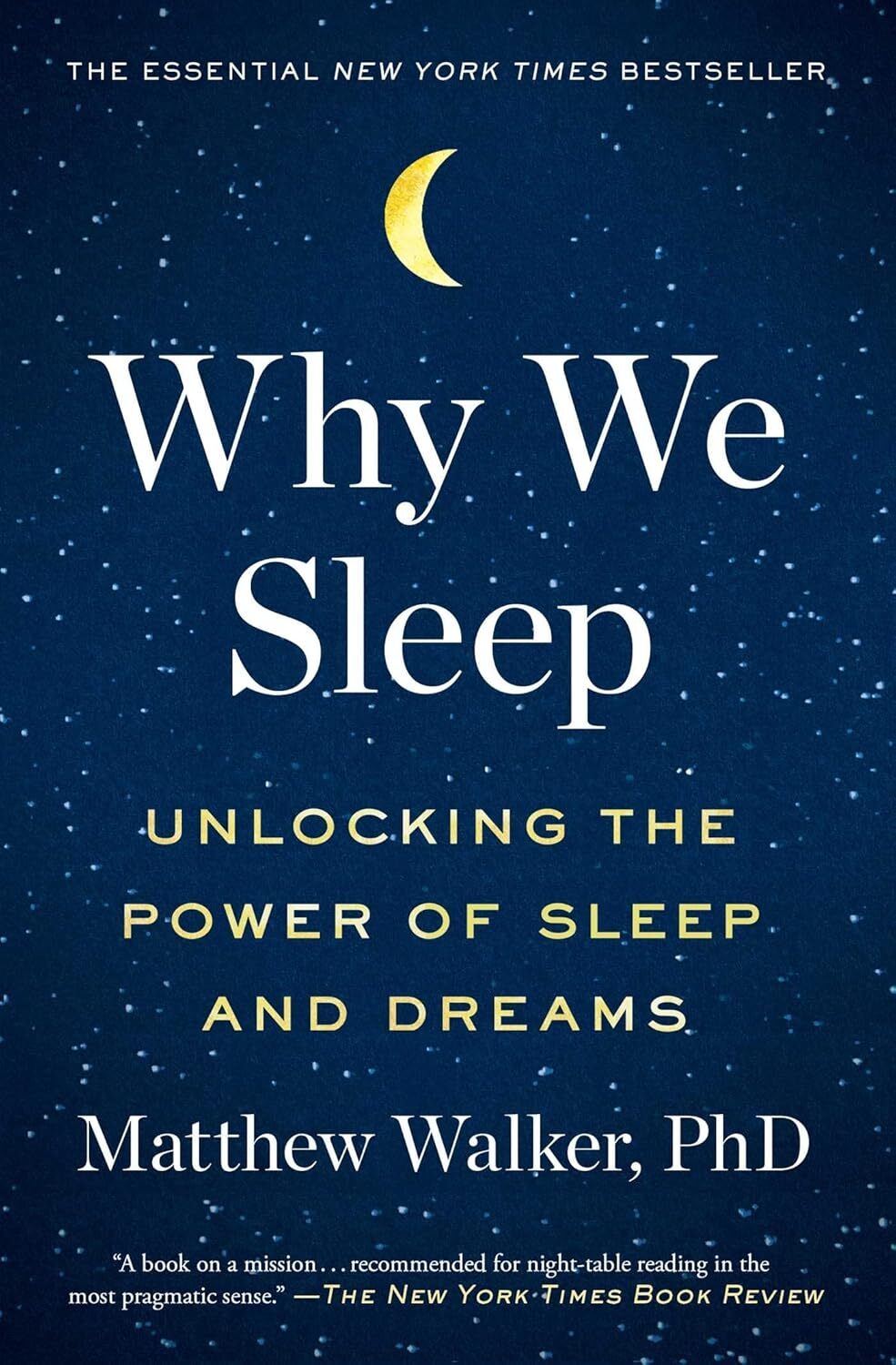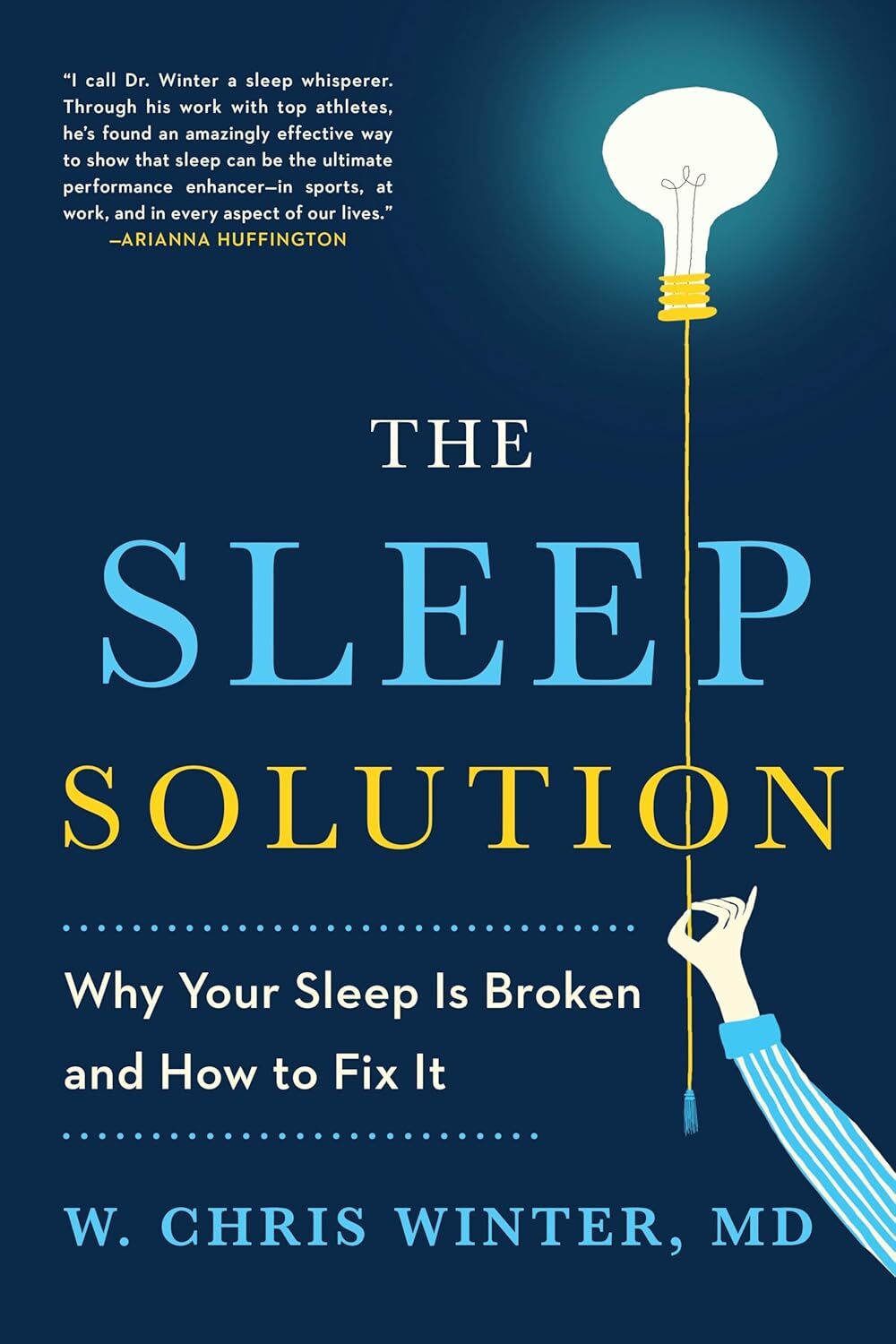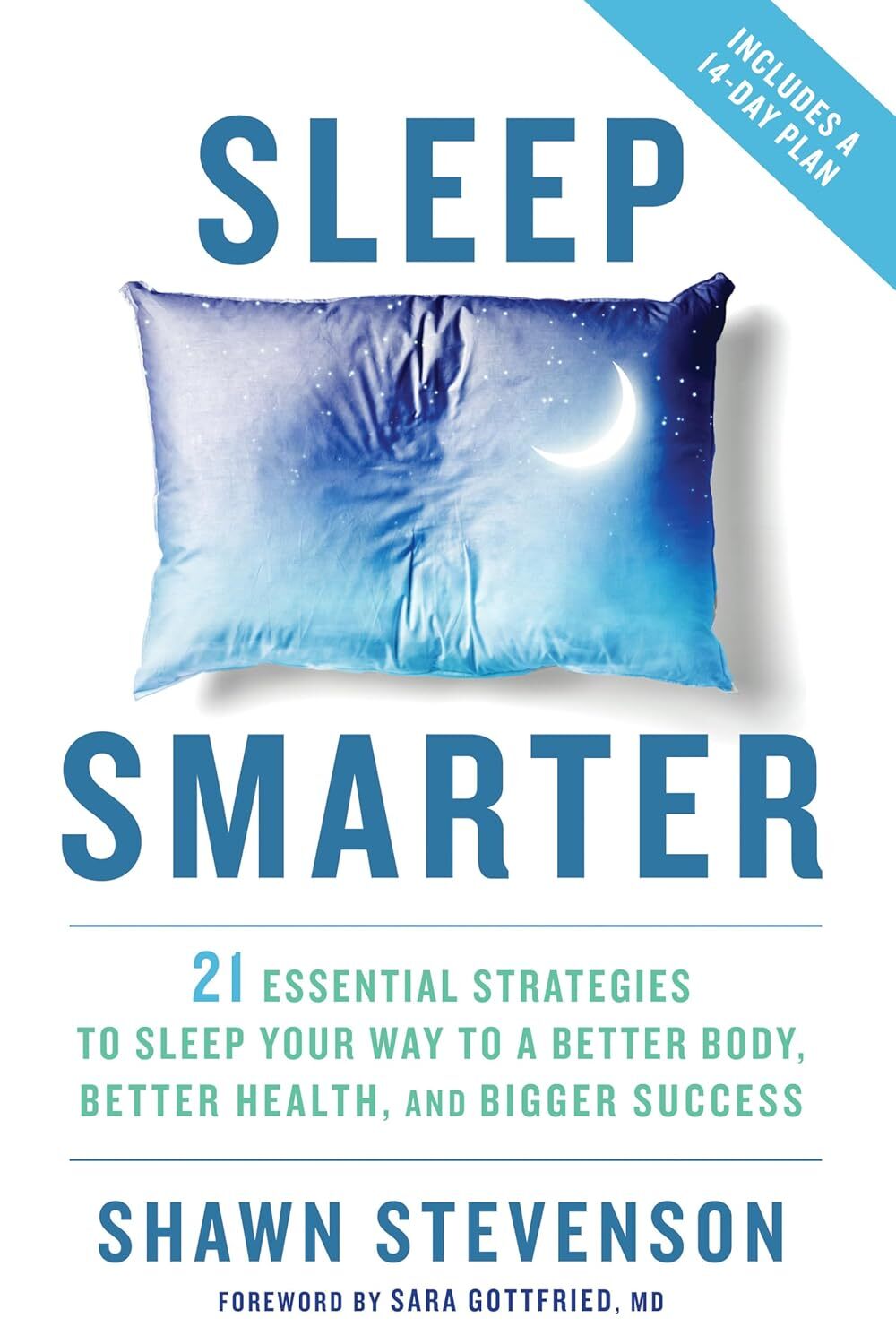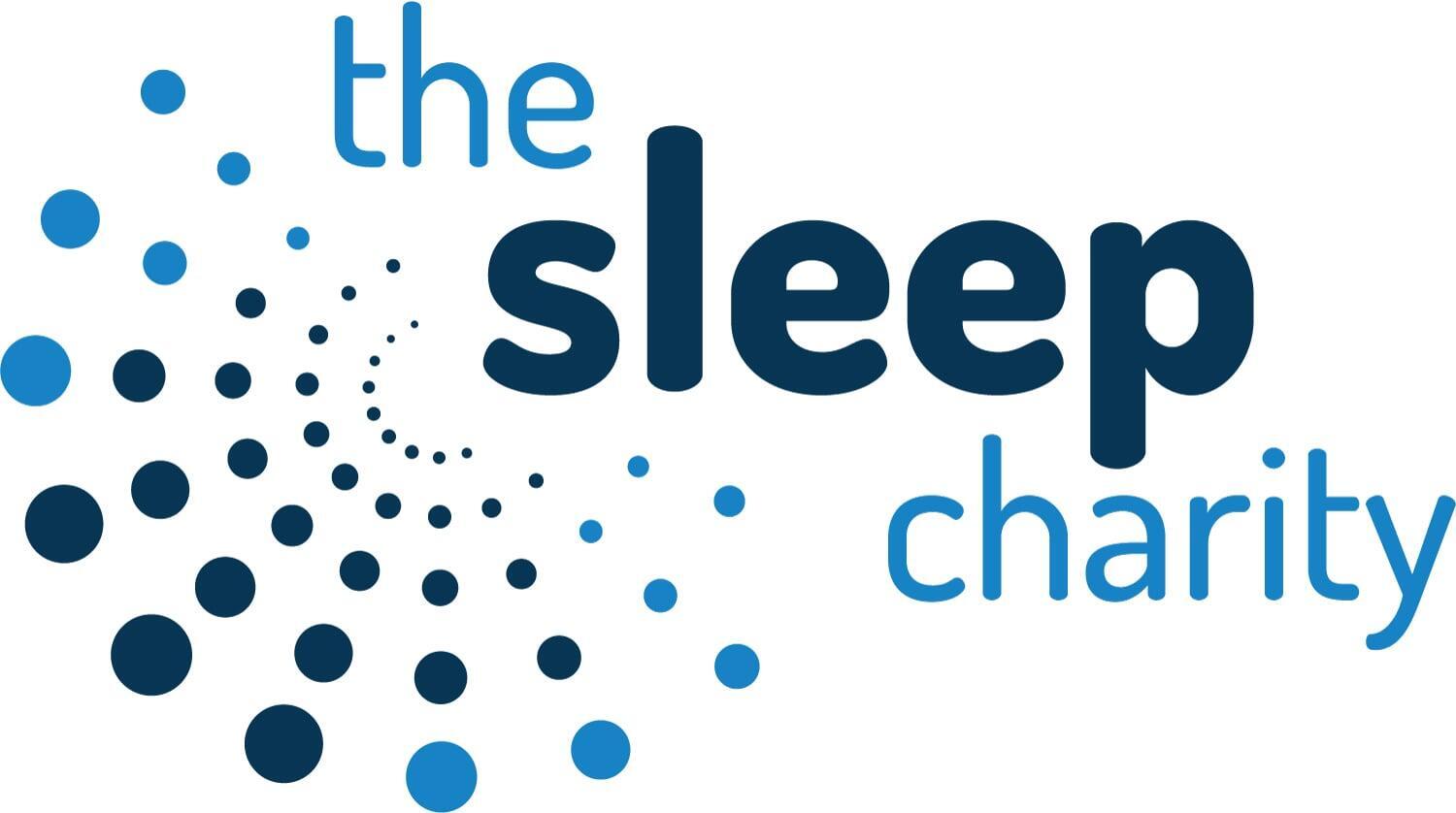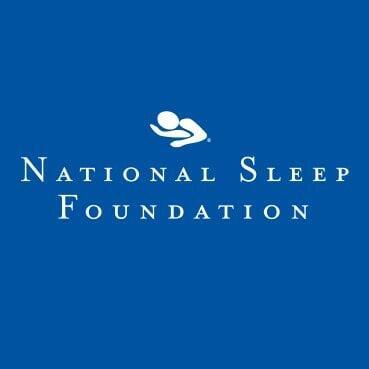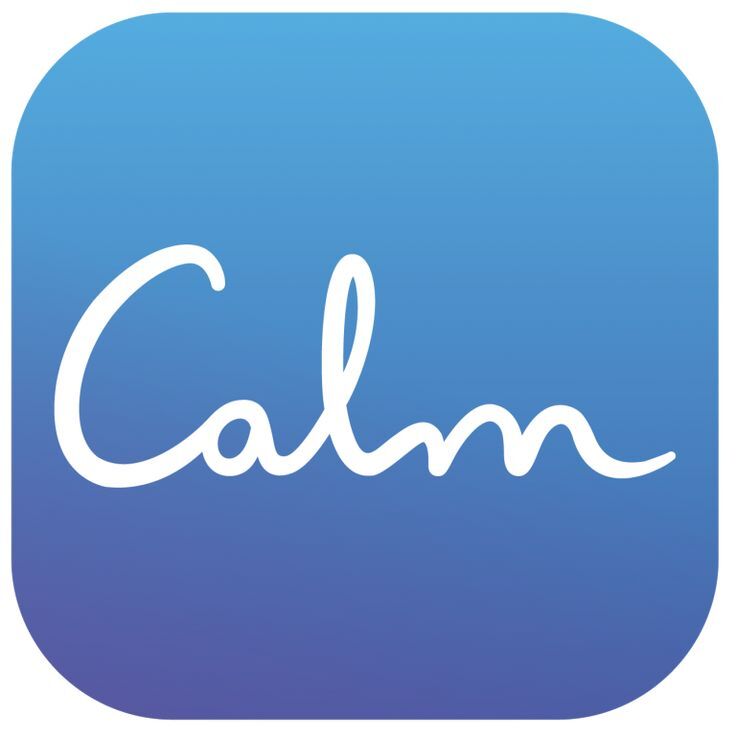Sleep Environment
Optimize Your Bedroom for Restful and Restorative Sleep

Introduction
Sleep Environment involves designing a bedroom that promotes relaxation and minimizes disruptions to enhance sleep quality. By controlling factors like light, noise, and temperature, you can support your body’s natural sleep cycles and improve overall well-being.
Why It Works
A well-designed sleep environment aligns with the body’s circadian rhythm, enhancing melatonin production and reducing nighttime awakenings. It minimizes sensory disturbances, lowers stress, and fosters a calm nervous system, which can improve sleep duration and quality. Research indicates that optimized sleep environments can reduce insomnia symptoms by up to 25% and enhance daytime alertness and mood.
How To Do It
Instructions:
1. Set the Temperature
Helpful Tips:
- Start small: Adjust one element (e.g., light or noise) and observe changes over a week.
- Test bedding: Try different pillow or mattress firmness levels to find your preference.
- Limit electronics: Keep phones or TVs out of the bedroom to reduce temptation.
- Use soft lighting: Opt for warm, low-wattage bulbs for evening use.
- Check air quality: Dust or vacuum regularly to prevent allergens.
- Involve partners: Coordinate with bedmates for shared preferences (e.g., noise levels).
- Monitor progress: Journal sleep quality after environmental changes to track impact.
- Combine with routine: Pair with a pre-sleep routine for enhanced benefits.
- Be consistent: Maintain settings nightly to reinforce sleep cues.
Recommended Videos
14 Tips To Turn Your Bedroom Into A Stress-Free Sleep Oasis!
Sleepopolis
Creating Environment for Better Sleep
Dr. Q
Creating a Restful Sleep Environment with Dr. Frank Lipman
LiveKellyandMark
Influential Books
Matthew Walker has made abundantly clear that sleep is one of the most important but least understood aspects of our life.
The Sleep Solution is an exciting journey of sleep self-discovery and understanding that will help you custom design specific interventions to fit your lifestyle.
21 Essential Strategies to Sleep Your Way to A Better Body, Better Health, and Bigger Success
* As an Amazon Associate I earn from qualifying purchases.
Helpful Websites
Popular Apps
Scientific Research
- Czeisler, C. A., et al. (2016). Sleep, circadian rhythms, and health. Nature Reviews Neuroscience, 17(5), 341–351. https://pubmed.ncbi.nlm.nih.gov/27087680/
- Chellappa, S. L., et al. (2013). Non-visual effects of light on melatonin, alertness, and cognitive performance. Journal of Pineal Research, 55(4), 339–350. https://pubmed.ncbi.nlm.nih.gov/24033320/
- Okamoto-Mizuno, K., & Mizuno, K. (2012). Effects of thermal environment on sleep and circadian rhythm. Journal of Physiological Anthropology, 31(1), 14. https://pubmed.ncbi.nlm.nih.gov/22738673/
- Lan, L., et al. (2017). Bedroom environment and sleep quality: A review of the literature. Building and Environment, 125, 479–488. https://www.sciencedirect.com/science/article/pii/S0360132317303736
Related Topics:
Strongly Related
Reduce Stress:
[Links to related web pages]
[Links to related web pages]
[Links to related web pages][Links to related web pages]
Moderately Related
Issue B:
[Links to related web pages]
[Links to related web pages]

